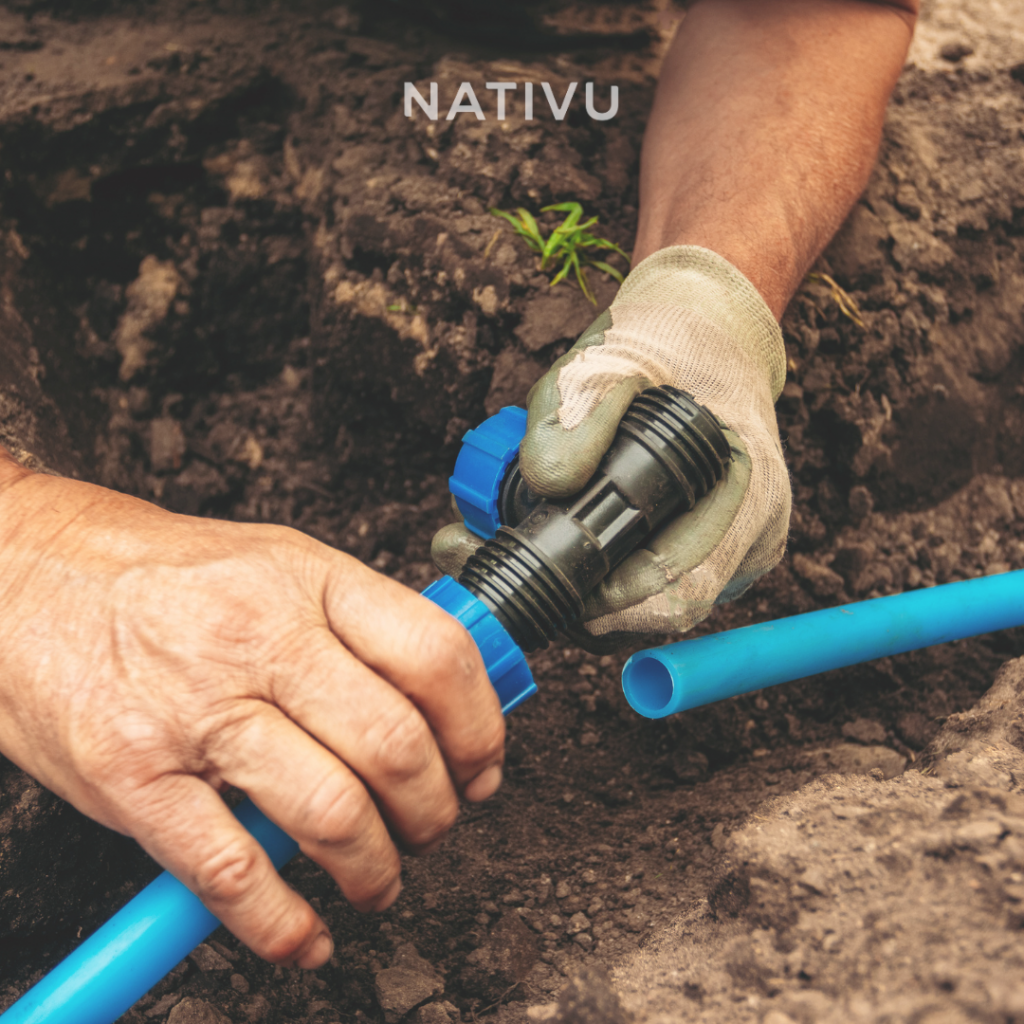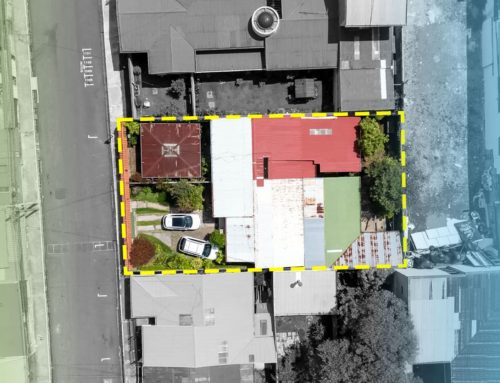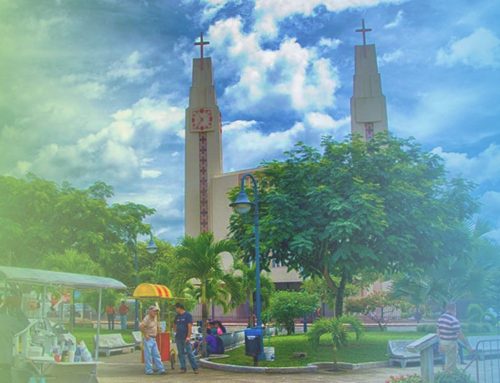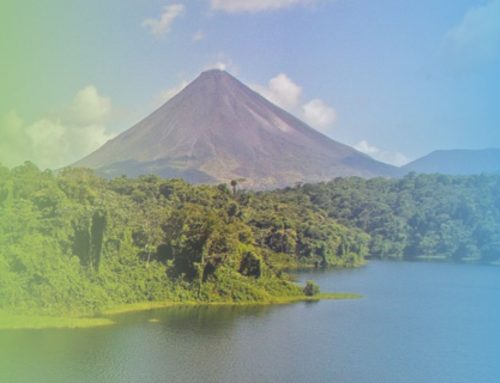The Pajas de Agua in Costa Rica are water distribution structures. In this article, we explain everything you need to know about these aqueducts.
What are ‘Pajas de Agua’ and where are they requested?
The Pajas de Agua, also known as ‘Chorros de Agua,’ are water distribution systems used in rural and urban properties in Costa Rica. These structures consist of pipelines that capture and transport water from natural sources, such as streams or springs, to the facilities where the service is utilized.
In simple terms, it is the pipeline and accessories between the water distribution network and the property boundary with the public road.
The use of Pajas de Agua in Costa Rica has its roots in ancient water management techniques in the indigenous communities that inhabited the region. Over time, these practices have been modernized and adapted to meet the population’s changing needs.
The application process is carried out before the Municipality when any new construction is being carried out and water is not available, or also when a modification of any existing structure is being made.
Characteristics of the Pajas de Agua

Water Intake Diameters
The water intakes vary in size, with standard diameters of 1/2, 3/4, and 1 inch, adapting to the specific needs of each property. The selection of the appropriate diameter depends on the required flow rate and the distance the water needs to travel.
For large properties, diameters of 1 inch or more are needed, influencing the quantity and pressure of water, ideal for activities that require a constant supply.
Consumption Rates
Water consumption rates may vary depending on the region and service provider. The rates will depend on the volume of water used and may include additional costs for maintenance and system administration.
These rates are set by ARESEP and can be consulted online depending on your distributor.








